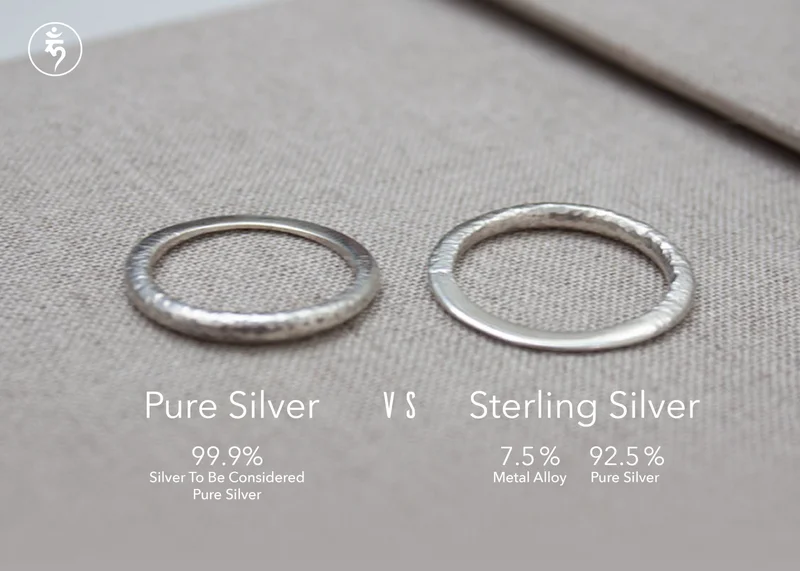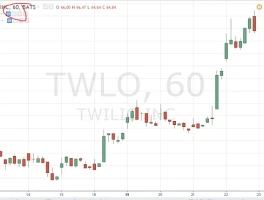Generated Title: Silver's Price Is Surging. But Are Investors Buying the Right Story?
The numbers coming out of the silver market in October 2025 are, on the surface, unambiguous. The metal is trading around $48 an ounce, a level not seen in over a decade. The year-over-year gains are substantial, clocking in at over 50%—to be more exact, 52.21% as of October 6th. For an asset often dismissed as gold’s less glamorous, more volatile cousin, this is a remarkable run.
But when a price chart goes parabolic, my first instinct isn't to celebrate. It's to ask what narrative is fueling the ascent. With silver, there are two powerful stories running in parallel, and I suspect most investors piling in right now don’t fully grasp which one they’re actually betting on. One is the familiar tale of monetary hedging and safe-haven demand. The other, far more compelling story is one of a severe, structural industrial deficit.
The collision of these two forces has created a potent rally. The critical question, however, is whether investors are treating an industrial commodity squeeze like a monetary event. If they are, they're using the wrong analytical framework, and that's a surefire way to miscalculate risk.
The Monetary Mirage
Let's first address the conventional wisdom. In times of economic uncertainty—and 2025 has had its share of fiscal pressures and currency jitters—investors flock to precious metals. Gold has predictably pushed toward $4,000 an ounce. Silver, acting as "poor man's gold," has been swept up in the same tide. This is the safe-haven narrative, where silver is a store of value, a hedge against inflation and systemic risk.
The data, however, complicates this story significantly. While silver does exhibit some correlation with gold during risk-off periods, its long-term performance as a store of value is abysmal when measured against productive assets. The fact sheet is blunt: since 1921, an investment in silver has underperformed the S&P 500 by approximately 96%. Let that number sink in. If you’re buying silver purely to preserve wealth over the long term, history suggests you've made a catastrophic error in asset allocation.
This isn’t to say the monetary angle is irrelevant. The flow of capital into silver-backed ETFs like iShares SLV and the demand for physical coins like American Silver Eagles are clearly adding fuel to the fire. But this demand is fickle. It’s driven by sentiment, fear, and the ever-shifting winds of central bank policy. It can evaporate as quickly as it appears.
So if silver is a demonstrably poor long-term store of value, why does the monetary narrative persist with such force? Is it simply a legacy habit from a pre-industrial era, or are investors fundamentally misreading the primary driver of the current price action?

The Industrial Squeeze
This brings us to the second, and in my view, the correct story. Silver isn't just a shiny metal you lock in a vault. It's a critical, non-substitutable input for the modern economy. Its use in solar panels, electric vehicles, 5G networking, and countless electronics isn't a minor source of demand; it's becoming the dominant one, a trend detailed in reports like the Silver Outlook 2025: Prices, Demand, and Market Trends.
And this is where the market dynamics get truly interesting. According to the World Silver Survey 2025, the market is facing another structural deficit this year. This isn't a one-off event; it's a recurring pattern where total demand, led by industrial consumption, outstrips total supply from mining and recycling. This has led to a noticeable drain on registered inventories at delivery exchanges (a key indicator of physical tightness in the market).
The supply side of the equation is just as rigid. Silver is, for the most part, a byproduct. It's pulled out of the ground when miners are digging for lead, zinc, copper, and gold. This makes its supply highly inelastic. A mining company can't just flip a switch and produce more silver because the price is high. It's more like a dairy farmer trying to produce more cream; you can't just will the cream into existence, you have to process a whole lot more milk, regardless of the demand for milk itself. This fundamental constraint means that as industrial demand grows, supply simply cannot keep pace.
I've looked at hundreds of commodity reports over the years, and this particular setup is unusual. A recurring structural deficit, driven by non-negotiable industrial demand from sectors tied to global policy (like green energy initiatives), is a fundamentally different beast than speculative fervor. The demand for silver in a solar panel is not based on inflation fears; it's based on physics and government mandates.
This industrial reality is the bedrock of the current rally. The monetary demand from safe-haven buyers is simply the accelerant—a wave of speculative capital washing over a market that was already structurally shallow. The danger is that the speculators believe their capital is the tide, when in fact they're just riding a tsunami generated by a much deeper, tectonic shift in industrial fundamentals. What happens when the fear subsides and the monetary money flows out, but the factories still need their silver?
The Signal Is Industrial, Not Monetary
My analysis leads to a clear conclusion. While the headlines may focus on inflation and geopolitical risk, the real, enduring bull case for silver is rooted in its role as an indispensable industrial metal. The safe-haven narrative is providing the speculative froth, but the industrial deficit is the substance.
Investors who are buying silver as a simple proxy for gold are making a critical mistake. They are buying an industrial commodity that is merely masquerading as a monetary asset. The forces that can move the price of gold—central bank buying, shifts in real yields—are secondary here. The primary drivers for silver's future are photovoltaic capacity, EV production rates, and technological innovation.
Treating silver like gold is like navigating the ocean with a road map. The rally is real, but if you don't understand the engine driving it, you're bound to be surprised when the vehicle suddenly changes direction. The signal is coming from the factory floor, not the trading floor.

